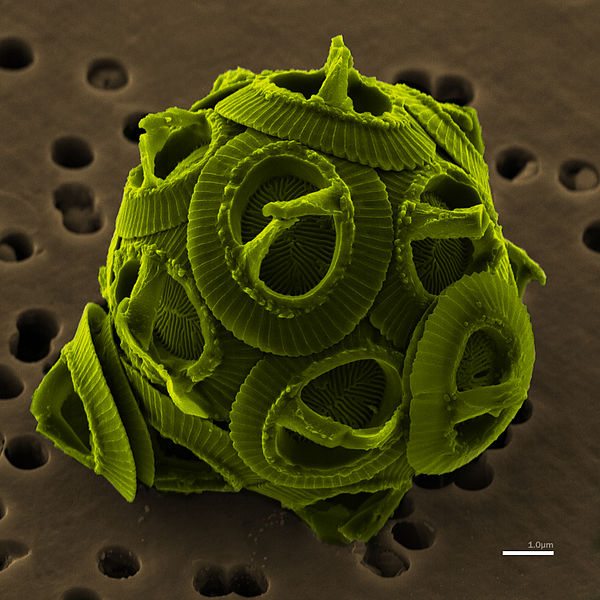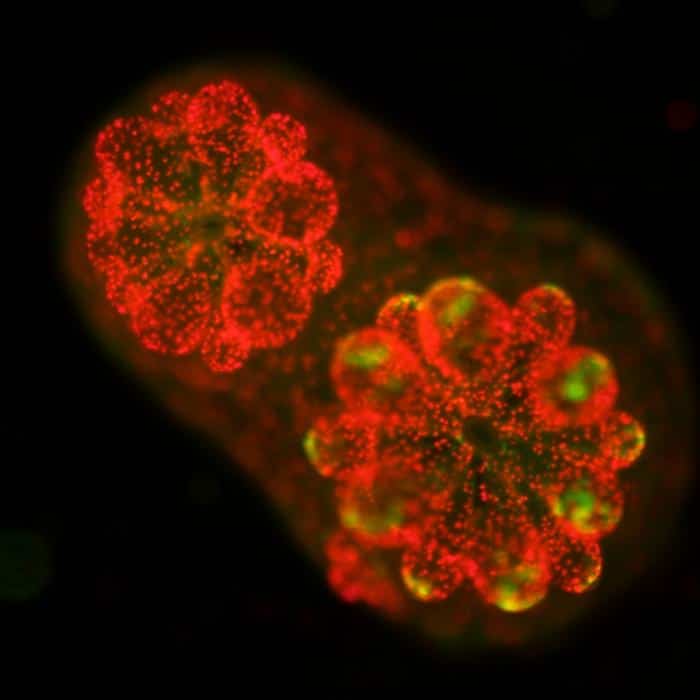The light-sensing molecules that tell plants whether to germinate, when to flower and which direction to grow were inherited millions of years ago from ancient algae, finds a new study from Duke University.
The findings are some of the strongest evidence yet refuting the prevailing idea that the ancestors of early plants got the red light sensors that helped them move from water to land by engulfing light-sensing bacteria, the researchers say.
“Much like we see the world through our eyes, plants ‘see’ the world through light-sensitive proteins in their leaves called photoreceptors,” says Duke postdoctoral researcher Fay-Wei Li.
More information is available here: https://today.duke.edu/2015/07/plantlightsensors













